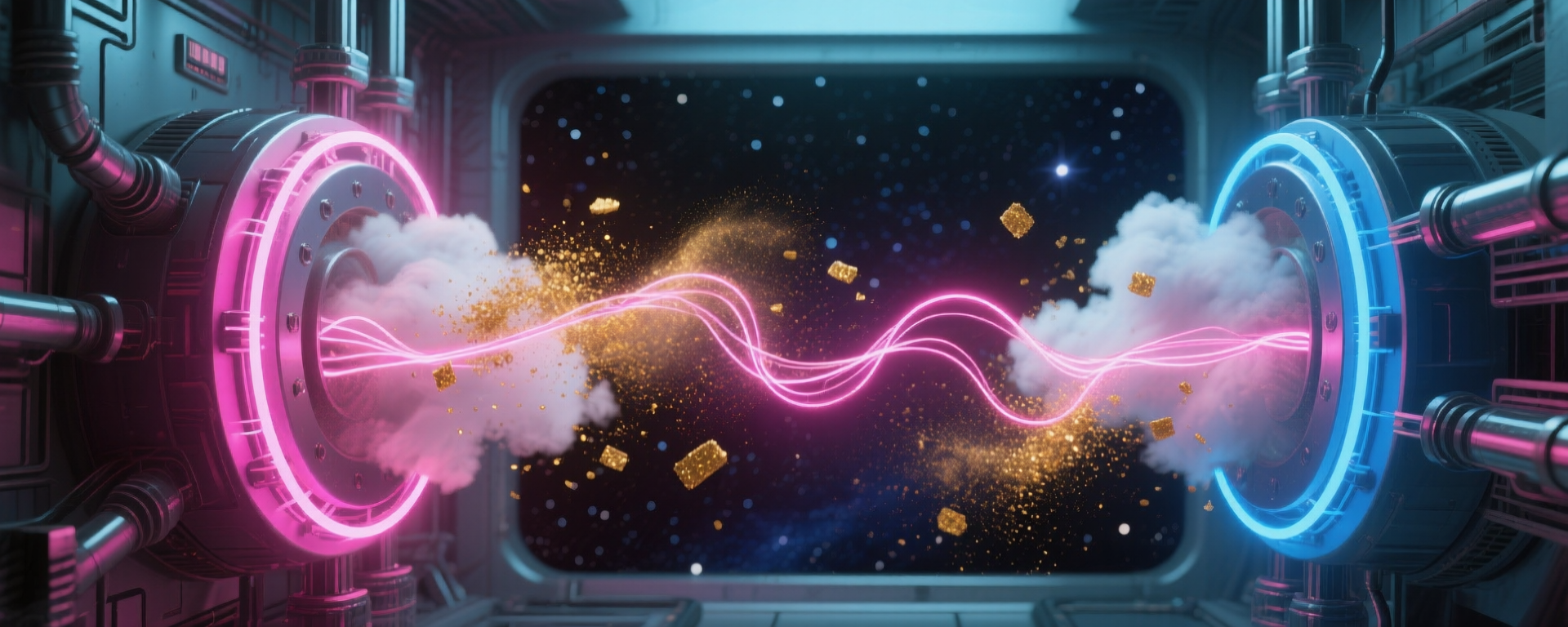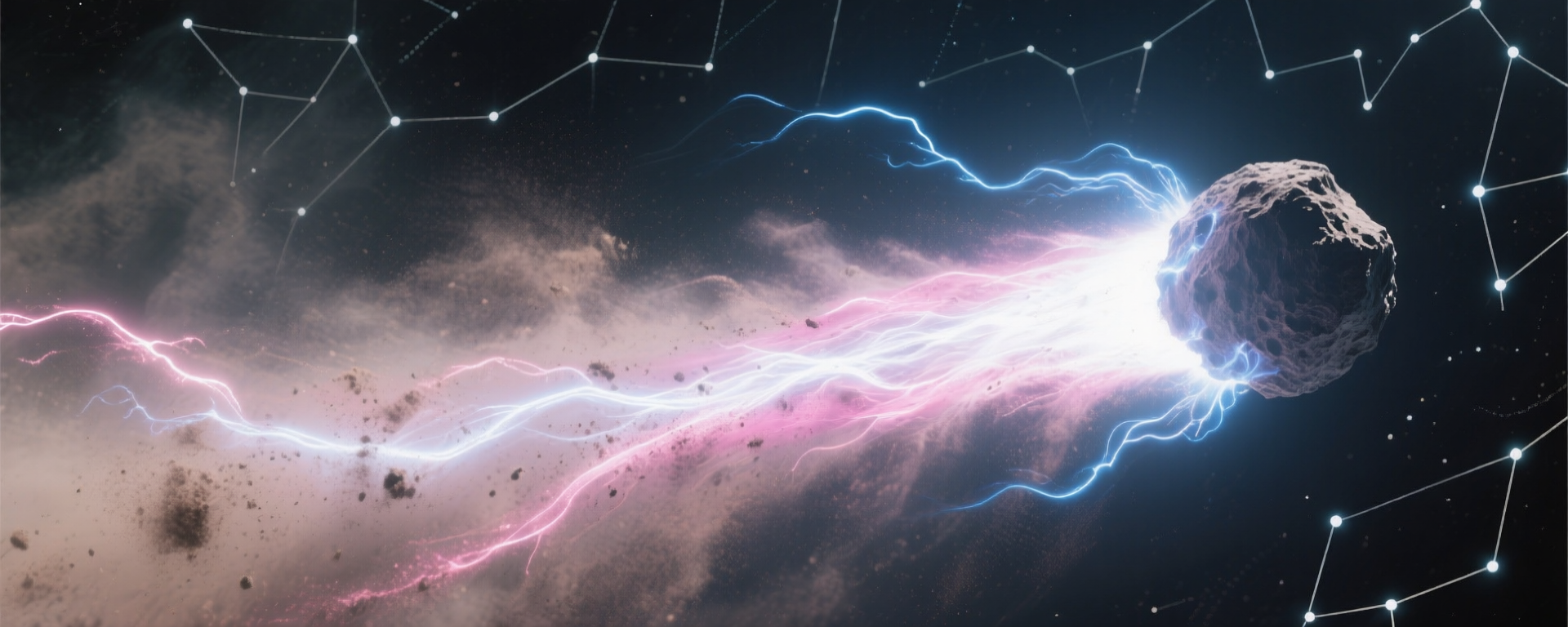
What is Dusty Plasma?
Dusty plasma is an ionized gas containing charged dust particles. These grains interact strongly, producing collective behaviors you won't see in ordinary matter—from Saturn's rings to the chip-making tools that power our digital world.
Key Facts
Fourth State + Charged Dust
Ionized gas (plasma) containing microscopic charged particles
Found Throughout Universe
From Saturn's rings to semiconductor manufacturing
Complex Many-Body Physics
Exhibits waves, crystals, and collective behaviors
Nanometer to Micrometer
Dust particles range from atomic to cellular scales
Core Components
Plasma Component
Ionized gas with free electrons and ions
Fourth state of matter, ~99% of visible universe
Dust Component
Microscopic solid particles that acquire charge
Nanometer to micrometer size range
Many-Body Physics
Each particle interacts with many others
Creates waves, crystals, and collective phenomena
Dusty Plasma in Space

Saturn's Rings
Icy particles dancing in magnetized plasma fields

Lunar Surface
Electrostatically levitating regolith creates hazards for astronauts

Comet Tails
Solar wind interaction with debris creates spectacular displays
Applications on Earth
Semiconductor Manufacturing
Precise etching and deposition in chip production
Fusion Research
Plasma-facing material interactions in reactors
Atmospheric Phenomena
Wildfire smoke and thunderstorm physics
Why Dusty Plasma Matters
The presence of charged dust particles fundamentally changes plasma behavior, introducing new physics that bridges atomic and fluid scales.
New Length Scales
Dust introduces mesoscopic physics between atomic and fluid scales
Novel Phenomena
Dust acoustic waves, plasma crystals, and void formation
Technological Applications
Precise materials processing and advanced plasma diagnostics
Astrophysical Relevance
Understanding planet formation, ring dynamics, and star formation
Recent AI-Powered Discoveries
Physics-informed machine learning has revealed that our simple models of dusty plasma were incomplete. AI analysis exposed hidden physics that classical theories missed.
Nonreciprocal Forces
AI discovered that Newton's third law can be violated in driven dusty plasmas
Size-Dependent Screening
Larger particles create different screening environments than theory predicted
Charge Scaling Deviations
Real charge scaling differs significantly from OML theory assumptions